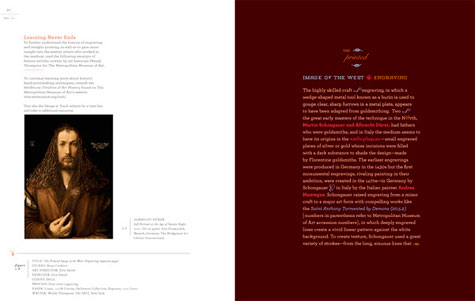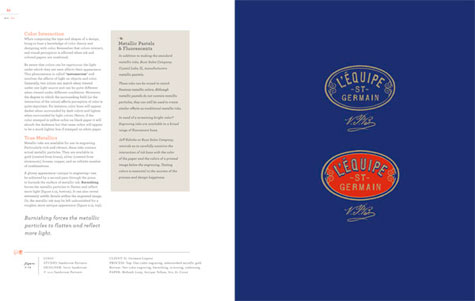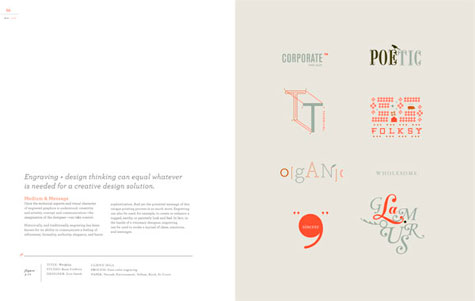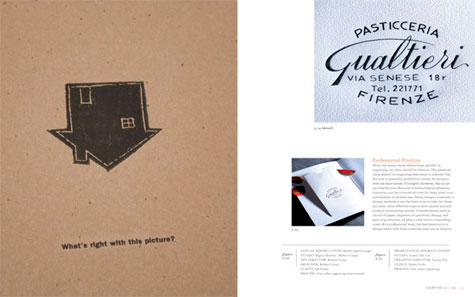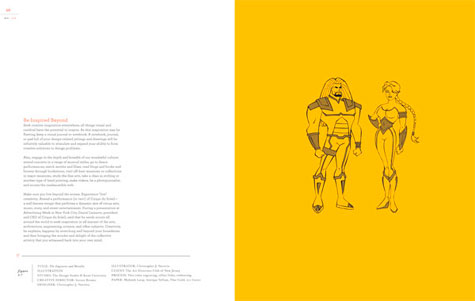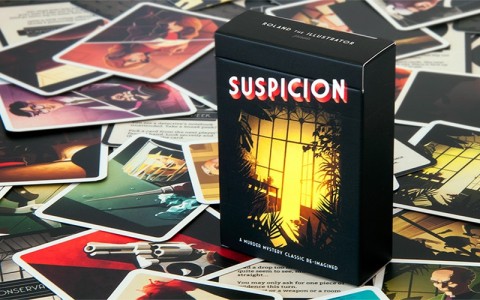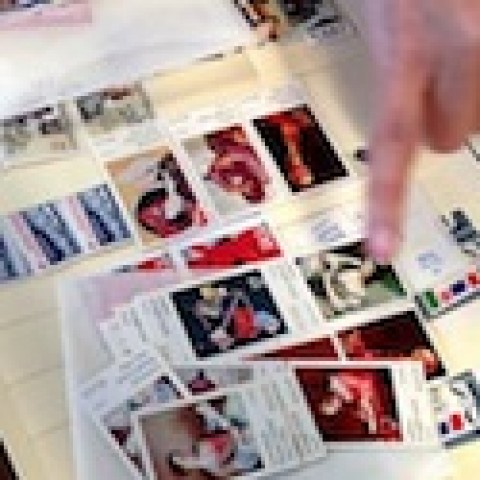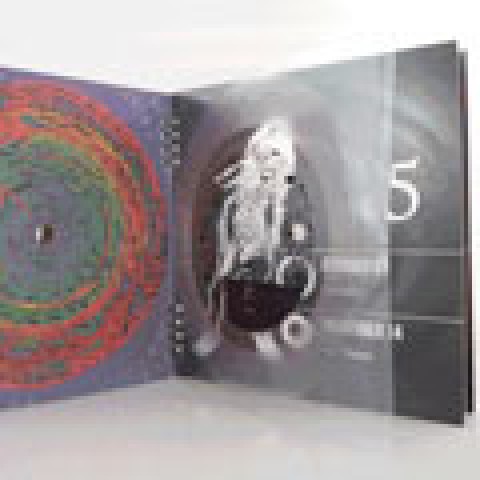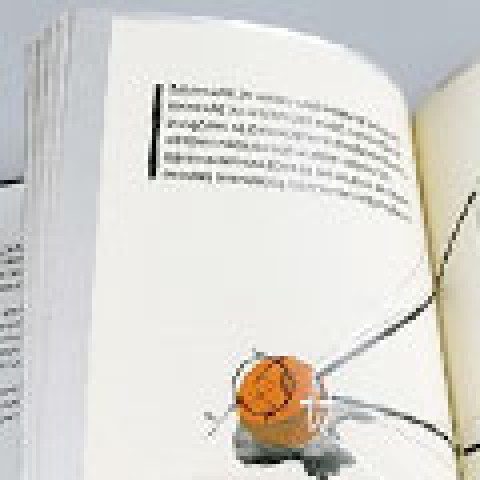[Editor’s note: The following was originally posted in February 2014 to coincide with the publication of Rose Gonnella’s “Design to Touch.” We wanted to repost this now to give you some background on Rose’s engraving expertise as she is the current curator for Neenah Paper’s The Beauty of Engraving.]
Rose Gonnella is a consummate professional. If you happen to corner her at a cocktail party and inform her how long you were in labor with your child, she will probably commiserate politely. But who could fault her for thinking “36 hours? Pfft!” Her own latest creation, “Design to Touch: Engraving History, Process, Concepts and Creativity,” (co-authored with Christopher Navetta and designed by Erin Smith) took the better part of three years to create – a lengthy gestation by anyone’s measure. And anyone who appreciates the quality of excellent printing is bound to say it was time well spent.
Published by the International Engraved Graphics Association, this 220-page tome is a celebration of a printing technique that Gonnella fears may have gotten lost amongst more popular varieties today: notably letterpress and embossing. She hopes that the book’s depiction of engraving’s versatility will encourage more people to explore the medium’s color and tactile elements for themselves.
If that somehow fails to happen, it won’t be for a lack of inspiration. There are 140 illustrations, with 30 engraved pages appearing on an equal number of paper stocks, such as Crane’s “Lettra”, Mohawk’s “Superfine”, and Neenah Paper’s “Environment”. Designers who contributed their work to these engraved pages include Robynne Raye, Matteo Bologna, the ubiquitous Stefan Sagmeister, Michael Osborne, and type-deity Jessica Hische.
The Case for Engraving
In an age when most communication is conducted digitally, print projects that carry an extra sensual quality stand out even more – hence the popularity of letterpress today. And engraving heightens that quality further still.
You can find the fruits of this process everywhere, from wine labels to invitations, even business cards. To create the effect, your artwork is etched into a copper or zinc printing plate, known as a “die”. The recesses of that plate are then filled with ink, and the plate face wiped clean. Finally, slightly moistened paper is pressed against the plate with great pressure, literally pulling the ink from the plate’s sub-surface onto the substrate. This causes the engraving ink to sit high on top of your paper.
“You get the finest line and the finest quality – you can actually get 6 point type. You could probably get 5 point type if you wanted,” says Gonnella. “For full color embossing you have to print the surface, then you have to create a die and emboss the surface, and it’s limited in its quality. Engraving is embossing and ink at the same time, and very fine.” Add to that the opacity and richness of its saturation and you have yourself a technique guaranteed to make an impression, puns be damned.
(Click to expand below.)
Engraving in a Digital World
Gonnella’s perspective on engraving is a unique one in that she’s had a lifetime to ponder the limits and enhancements of various printing techniques. As the daughter of a master printer, she has “this very powerful memory of the smell of ink and the smell of paper and the love of printing” – all things that remind her of the loving home in which she grew up.
Today she’s executive director of Kean University’s Robert Busch School of Design, where she also teaches a 15-week course on materials and techniques for graphic design, including what all designers should know about paper. One module of that is dedicated to engraving.
Over the years she’s seen the Internet and other digital platforms transform the function of print design, with quality printing and finishing techniques used to make communications stand out from the 10-a-penney digital medium.
“I think that printing in the future is going to be more focused on specialty printing,” she predicts. “So when a graphic designer goes to print, that printing is going to have to be beautiful and worthwhile, or they’ll go digital and it’s very ephemeral and gets thrown away.”
That said, preparation of the Design to Touch website suggested to her one way the two worlds might meet.
“We’ve been photographing everything and putting everything up on the website, and we’re seeing how beautiful they look even on the screen. That gave me this idea that you can engrave and photograph and have that as your header on the screen. You could actually get [that engraving] sensation of touch.”
Possibly, but even a casual flip through Design to Touch suggests that nothing quite compares to the real thing.
(Click to expand below.)
……

He is the author of Soap! The Unauthorized Inside Story of the Sitcom that Broke all the Rules, and The Gilmore Girls Companion. Who knew?


